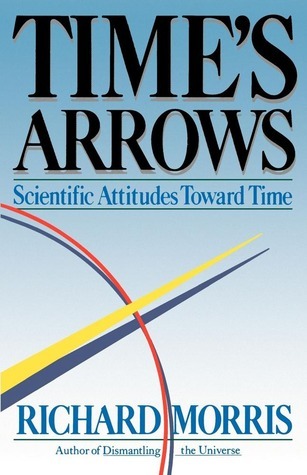
From Eternity to Here: The Quest for the Ultimate Theory of Time
Book Description
Time is a relentless river, flowing with secrets yet to be uncovered. In "From Eternity to Here," Sean Carroll embarks on a thrilling quest through the fabric of reality, exploring the deep mysteries of time—from its puzzling origins to its profound implications on existence itself. With riveting clarity, Carroll navigates the complexities of physics and philosophy, inviting readers to ponder the nature of entropy, the arrow of time, and the very essence of reality. As theories clash and minds expand, one question looms: what if the answers to the universe's greatest mysteries lie within our grasp, waiting to be discovered?
Quick Book Summary
"From Eternity to Here" by Sean Carroll is a sweeping exploration of the mysteries surrounding time’s nature and direction. Carroll guides readers through the conundrum of why time seems to flow from past to future, delving into concepts such as entropy, the arrow of time, and the relationship between cosmology and everyday experience. He skillfully weaves ideas from physics, astronomy, and philosophy, explaining the Second Law of Thermodynamics, time symmetry in fundamental laws, and the origins of the universe. The book challenges traditional notions, suggesting the past, present, and future may not be as distinct as we perceive, and examines whether time’s arrow is a fundamental property of the cosmos or an emergent phenomenon. Carroll blends rigorous science with engaging storytelling to examine how understanding time can unlock deeper truths about the universe.
Summary of Key Ideas
Table of Contents
The Significance and Enigma of Time
Time’s pervasive nature prompts enduring questions: why does it appear to move only in one direction, and what sets the past apart from the future? Carroll opens by highlighting the puzzling asymmetry of time as experienced in daily life, in contrast to the time-symmetric laws of physics. He discusses how broken cups don’t reassemble and why memories flow backward, probing the psychological and physical markers distinguishing yesterday from tomorrow. The arrow of time, a simple yet foundational feature, provides the launchpad for the book’s investigation.
Entropy and the Arrow of Time
Central to Carroll’s explanation is entropy—the tendency of systems to evolve from order to disorder. He clarifies the Second Law of Thermodynamics and how it underpins the one-way direction of time. By examining the microstates that constitute physical reality, Carroll reveals how entropy increases define the future, while low-entropy beginnings set the stage for temporal progression. He uses accessible analogies, such as messy bedrooms and shuffled decks of cards, to illustrate these abstract concepts, making them relatable to readers from all backgrounds.
Cosmology’s Role in Time’s Direction
The book then turns to cosmology, examining how the universe’s birth and evolution influence time’s direction. Carroll explains that the universe began in a remarkably low-entropy state—a highly ordered Big Bang—enabling the arrow of time we perceive. He unpacks the implications of cosmic expansion, the potential multiverse, and whether there might be regions where time flows in reverse. Carroll elaborates on how our understanding of the universe’s history shapes not just physical theories but also our philosophical interpretations of causality and existence.
Quantum Mechanics and Time’s Paradoxes
Quantum mechanics introduces further complexity and paradoxes to the study of time. Carroll delves into wave functions, decoherence, and the apparent conflict between quantum processes (which are reversible) and the irreversible flow of time on the macroscopic scale. He discusses interpretations such as the many-worlds hypothesis, and how entanglement and quantum uncertainty unsettle conventional concepts of cause, effect, and reality. These insights prompt reflection on whether time’s irreversibility is fundamental or merely a feature emergent from deeper laws.
Philosophical Implications and the Nature of Reality
The book concludes by synthesizing scientific discoveries with philosophical musings, inviting readers to reconsider what it means for time to “exist.” Carroll explores whether all moments—past, present, and future—are equally real, or if the now is genuinely privileged. He examines the implications for free will, the meaning of the universe, and humanity’s place in the cosmos. Carroll’s journey through time encourages a profound rethinking of familiar realities, emphasizing that unlocking time’s secrets may revolutionize our understanding of existence itself.
Download This Summary
Get a free PDF of this summary instantly — no email required.





